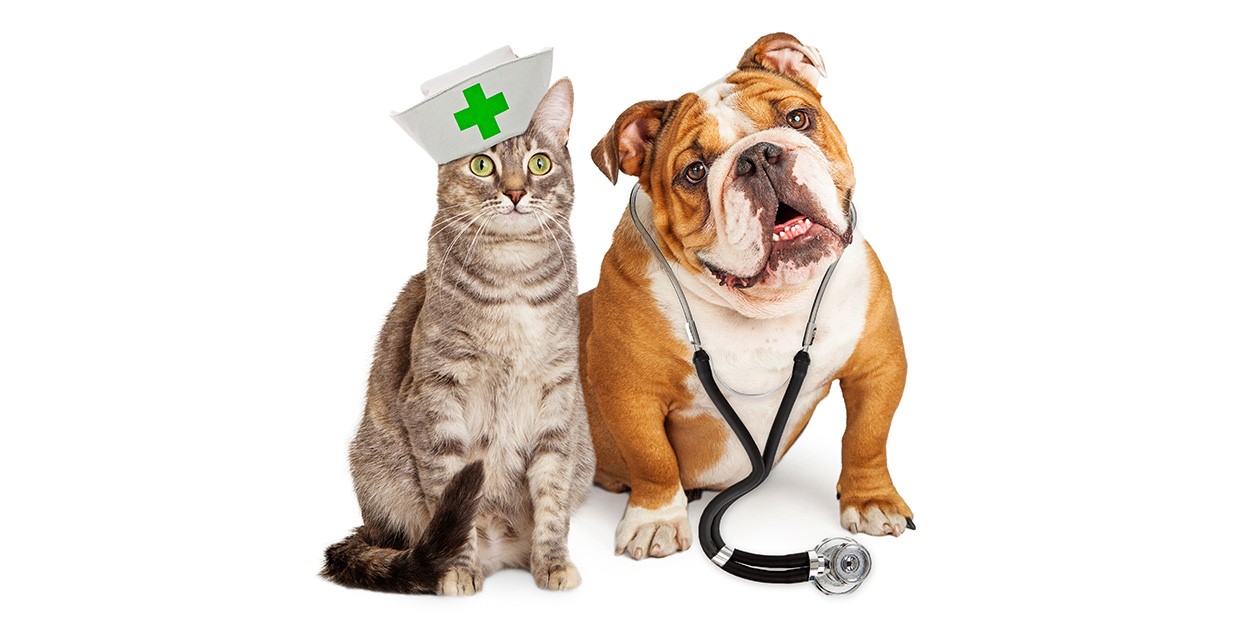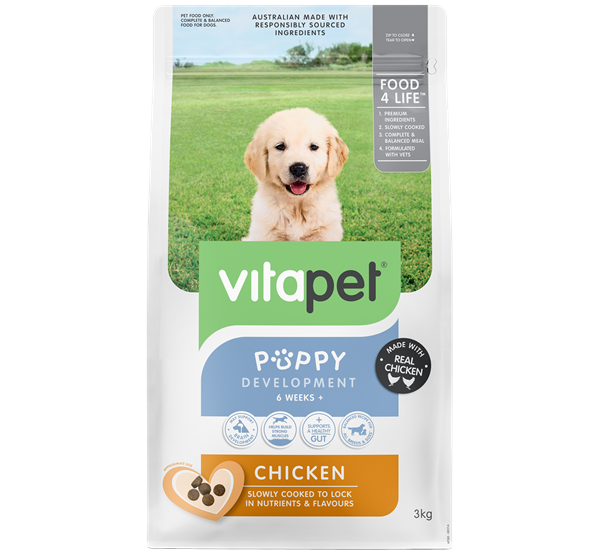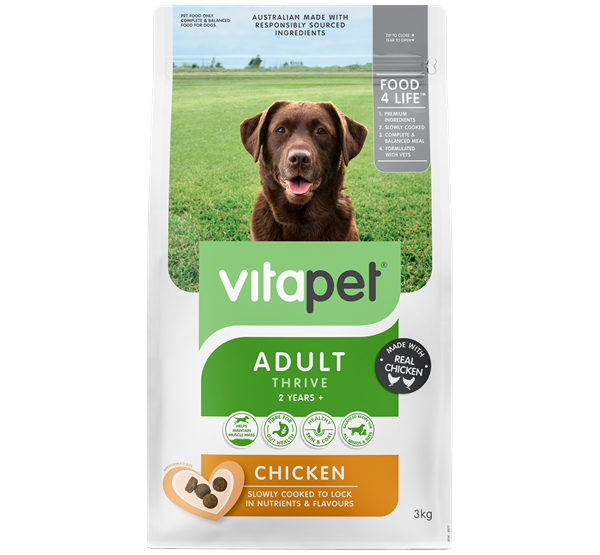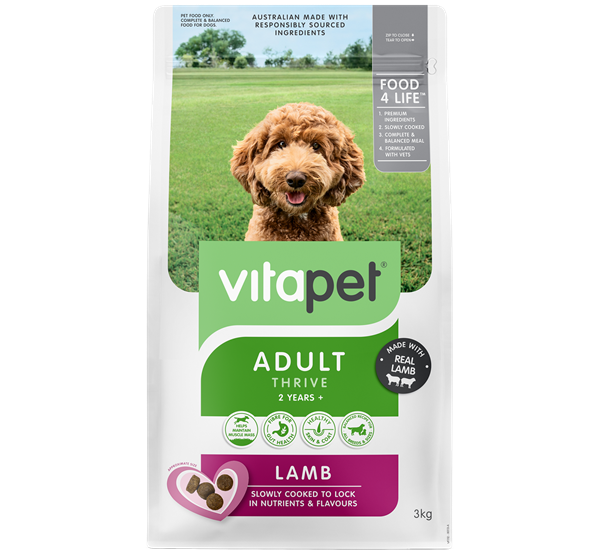It can be difficult to know where and when it’s necessary to take your pet to the vet: whether you are being over-anxious or if you’re leaving your concerns too long, when important medical attention is required.
Regardless of how expressive your dog’s bright eyes or cat’s melodious meowing appear to be, the fact remains that pets lack the ability to speak to us directly. They aren’t able to use words to tell us when something is wrong, or what exactly is bothering them. This is what your vet is there to do: interpret what they see, hear and feel to decide on their health and wellbeing, and recommend actions that can improve matters. Be sure to work together with all of the staff at your vet clinic, as a health-care team.
As a pet parent, you spend most time with your pet, so you are in the best position to spot a warning sign if and when it occurs. This is particularly the case when it comes to behaviour, as your pet relaxes and shows their true colours when enjoying their life with you. So be sure to watch closely and report anything out of the ordinary to not only those who share ownership with you (your ‘co-parents’), and take your thoughts to your veterinary team as soon as you’re able.
An important consideration here is that one of the most difficult symptoms to recognise is pain – in the absence of an external wound, swelling, or other physical signs, internal discomfort shows itself through changes in your pet’s behaviour. Below is a list of signs (both physical and behavioural) which indicate that a trip to the vet is warranted:
- Difficulties in breathing
- Abnormal or strained posture, gait, and movement
- Lack of grooming and equally, excessive/over-grooming
- Excessive sleeping or lethargy, including exercise intolerance
- Excessive vocalisation
- Vomiting (which can occur as a result of many, many conditions, including after eating chocolate), particularly when it is repeated or comes on violently
- Abnormal bowel habits, meaning behaviour while poo-ing or changes to the character of the stools themselves
- High levels of urination and changes to urination behaviour (eg straining or going in abnormal places)
- Excessive thirst and repeat visits to the water bowl
- Swellings, wounds, painful spots etc, (from insect stings, for instance) no matter where they are on the body, inside and out!
- Excessive scratching, which may even lead to self-inflicted sores
- Poor dental hygiene, including ‘dirty’ looking teeth (plaque and tartar) and bad breath (halitosis)
- Dehydration and lack of water intakes
- Changes in weight (loss or excess’)
- Other changes in behaviour (being withdrawn, agitated, displaying aggressive tendencies)
Danger signs - meaning an emergency.
- Known exposure to toxins
- Fitting / seizures / fainting /collapse
- Profuse bleeding, from anywhere!
- Road traffic accidents
- Lack of breathing
- Overheating
- Absence of urination
- Signs of severe pain
- Pallor/pastiness (going white or pale, particularly on the gums)
These lists aren’t exhaustive of course, but if a sign spurs great concern for you, it’s likely to need veterinary attention. Don’t hesitate in making a call to your local clinic as soon as you’re able.
When visiting the vet, it’s good to supply as much objective, factual information as possible. Reporting exactly what you’ve seen will help them narrow down the potential ailment and investigate further. Information on your pet’s age and breed, vaccination status, living environment, access to poisons, diet, and when the signs appeared are all useful for your vet. So have these on hand and even take some notes if what you’re seeing is complicated.
All in all, safeguarding health and well-being is of paramount importance to our pets, just the same as it is to us pet parents ourselves. Annual check-ups and preventative health care plans ensure we keep any potential troubles at bay, and allow us to focus on the benefits.























